Social commerce is changing the way businesses connect with customers by merging shopping and social media platforms. Platforms like Instagram, Facebook, TikTok, and Pinterest provide immersive experiences that simplify purchases and encourage impulse buying.
According to Slickdeals, individuals spend $314 monthly on impulse buys, demonstrating the significant impact of smooth in-app shopping.
The Growth and Impact of Social Commerce
Social commerce has seen remarkable growth globally. In 2023, it generated $571 billion in revenue, with projections to exceed one trillion dollars by 2028. This growth is driven by enhanced customer engagement, streamlined purchase experiences, and the integration of shopping features directly within social media platforms.
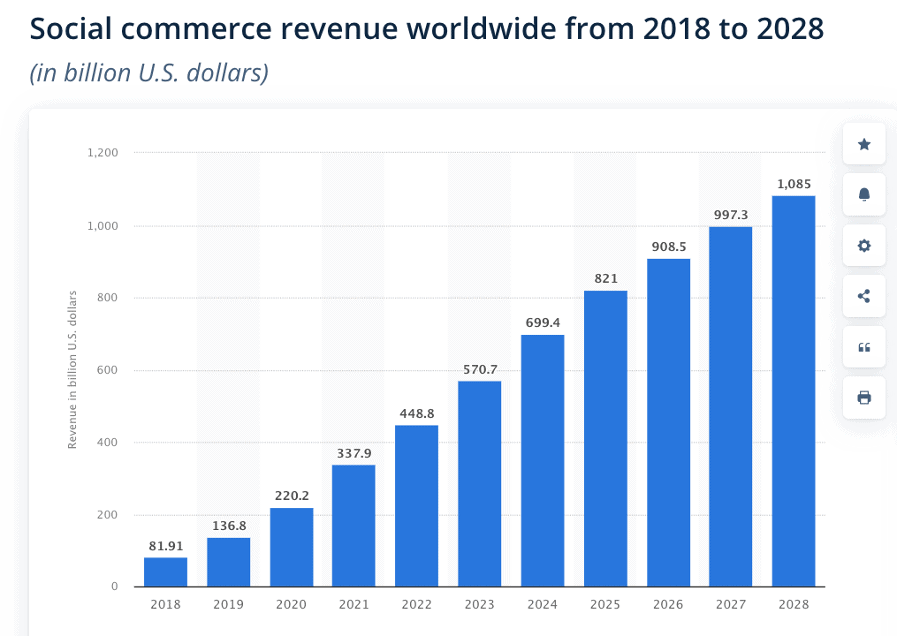
Source: Statista
Popular Social Commerce Platforms and Their Features
With over 2.35 billion monthly active users, Instagram is a key player in social commerce, according to Tidio. Just imagine using the platform, seeing a perfect pair of shoes, directly adding them to cart, and purchasing them with your preferred payment method, all without abandoning the app.
Features include:
- Shoppable Posts and Stories: Product tags in posts and stories enable users to learn more and purchase items directly.
- Live Shopping: Engage customers during live broadcasts with product tagging.
- In-App Checkout: Customers can complete purchases without leaving the app.
Here’s how each of these features looks:
Shoppable Posts and Stories
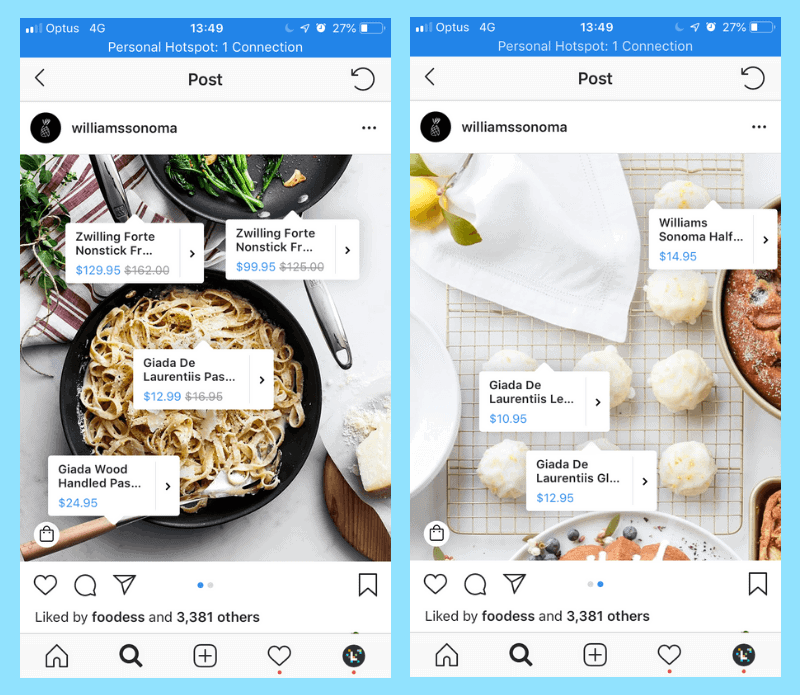
Source: Unbox Social
Live Shopping
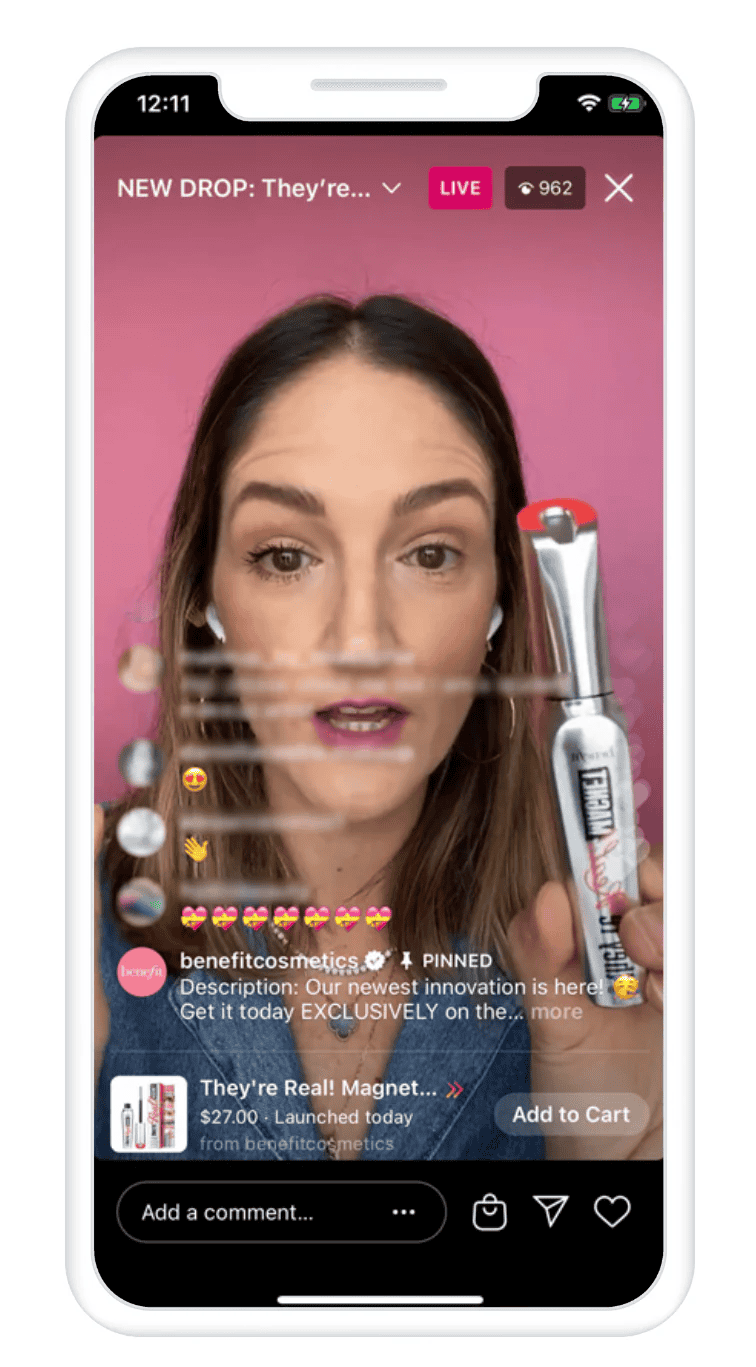
Source: Shopify
In-App Checkout
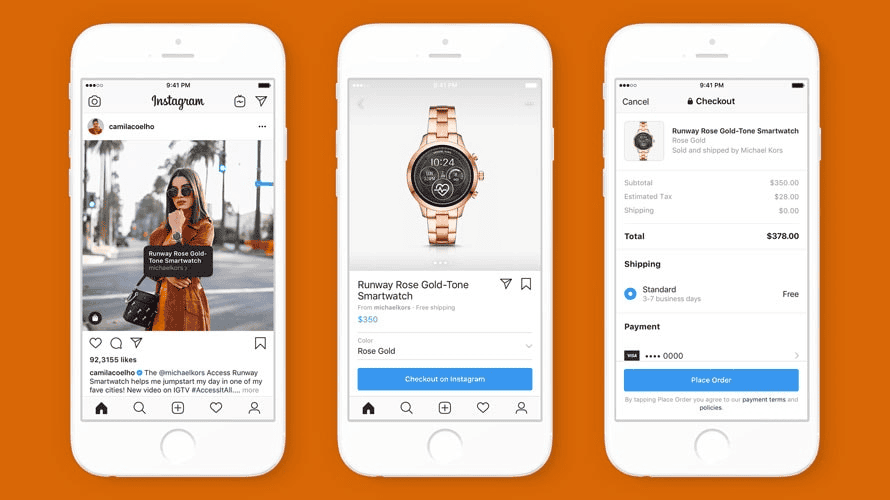
Source: Unbox Social
In 2022, Facebook had 63.5 million individuals engaging in social shopping, according to RecurPost. This figure is expected to grow, reaching 67.8 million US shoppers by the end of 2024.
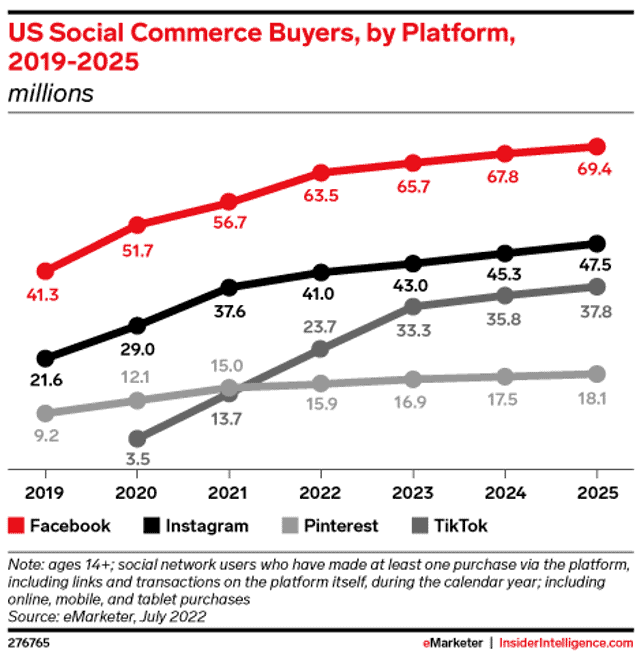
Source: eMarketer
Facebook stands out in social commerce with features such as:
- Facebook Shops: Customizable stores accessible on Facebook and Instagram.
- Facebook Marketplace: A platform for buying and selling without setting up a store.
- Live Shopping: Real-time product demonstrations and sales, similar to Instagram.
TikTok
TikTok has 35 million US users engaging in social commerce. This number is expected to reach 40 million in 2026. Interestingly, out of 5 TikTok users, 3 of them discover new products.
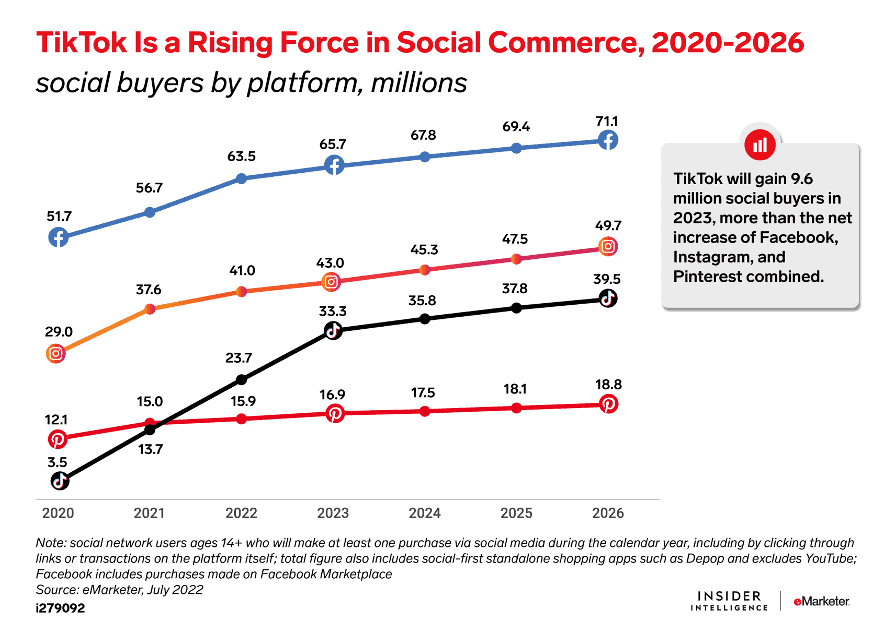
Source: eMarketer
Known for its dynamic content, TikTok offers:
- Video Shopping Ads: In your ad, you can highlight several products and make them shoppable right from in-feed video ads displayed on the “For You” page.
- Catalog Listing Ads: Instead of video, such format uses static images pulled directly from your product catalog.
- Live Shopping Ads: Allow users to watch live videos while being able to buy products directly from eCommerce platforms.
Here’s how each of the 3 features looks:
Video Shopping Ads

Source: Search Engine Land
Catalog Listing Ads
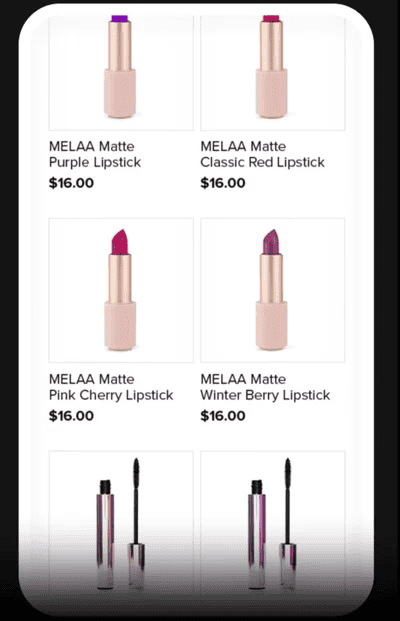
Source: TikTok
Live Shopping Ads
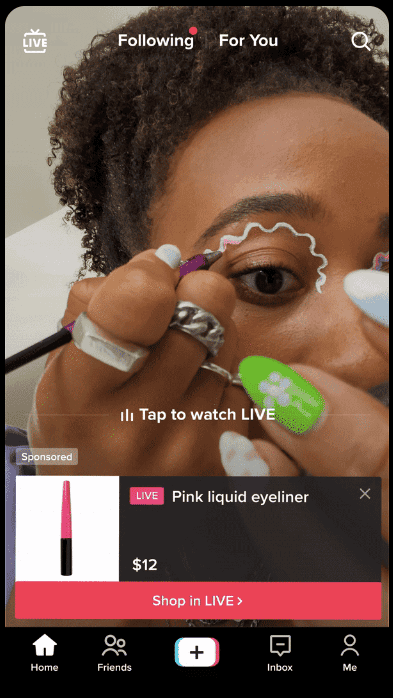
Source: TikTok
Pinterest is a platform that’s perfectly suitable for social commerce. According to Pinterest, one third of the platform’s users have a yearly income of $100K.
Pinterest caters to visually driven audiences with features like:
- Shopping Ads: Show details like pricing, product availability and review.
- Live Shopping via Pinterest TV: A series of live, and shoppable videos focused on food, fashion, beauty and more.

Source: Pinterest Newsroom
Best Practices for Maximizing Sales Using Social Commerce and Automation
1. Connect Your Store to Social Platforms
To integrate your eCommerce marketing on social media, you need to synchronize your product catalog with platforms like Facebook and Instagram for direct integrations. Use third-party tools such as Shopify and its alternatives like WooCommerce, BigCommerce, if native integrations are unavailable.
For social platforms that don’t offer direct integrations or pre-built connections, you can use custom integrations.
2. Optimize Visuals and Product Descriptions
High-quality visuals and compelling product descriptions are essential to create a positive brand reputation. Include strong calls-to-action (CTAs) like “Shop Now” or “Learn More” to drive action.
3. Maintain Consistent Branding
Ensure consistent logos, colors, typography, and messaging across all channels. Create a brand identity guide for your team.
This guide can serve as a reference when creating copies for products and ads, stage photo, video shoots and graphic layouts.
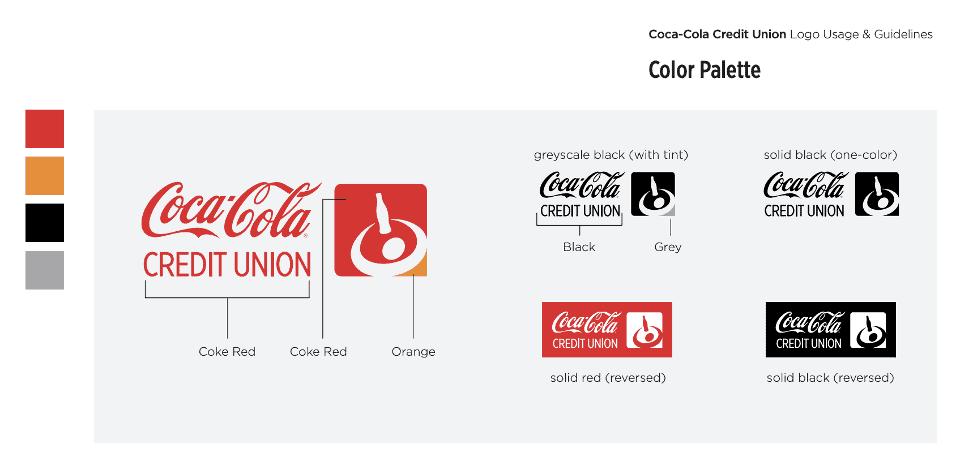 Source: Codelattice
Source: Codelattice
4. Take Advantage of Customer Reviews and User-Generated Content (UGC)
One of the powerful ways to educate your customers and entice them to buy your product is to tap into customers testimonials. To do so, you have to encourage your customers to share their experiences, reviews and photos of your products via email marketing, social media announcements, or direct messages…
Highlight their positive feedback on your social media profiles and product listings to show real-life examples.

Source: embedsocial
5. Host Contests and Giveaways
Running contests and giveaways is a powerful tactic to drive engagement. For example, you can encourage your audience to engage with one of your posts by asking them to like, comment, share, or tag others; this also expands your content reach and products through user-generated interactions. Also you can offer discounts or freebies to boost your customers enthusiasm for participation.

Source: TikTok – @toofaced
6. Engage Through Live Shopping Events
According to Bambuser, live shopping events can increase order value by 30% compared to traditional eCommerce. Incorporate demos, Q&A sessions, and exclusive discounts. Promote these events across social media, email marketing, and other channels to maximize their success.

Source: TikTok
7. Actively Engage with Customers
Actively engaging with your customers not only stimulates trust but also impacts prospective buyers. Be ready to always comment on posts where your brand is mentioned, reply to comments on your posts and ads, and answer direct messages.
Another critical tactic that you should never ignore is handing negative reviews. Thus, you have to reach out privately to your customers and use these reviews as an opportunity to recover the bad experience, grow your relationship with your customers again, and improve your brand reputation.
8. Invest in Paid Ads and Retargeting
Beyond organic marketing strategies, if you want to drive traffic to your online store, expand product visibility, or boost conversions, creating paid ads is an effective strategy. Streamline ad creation and retargeting across social platforms by syncing customer data.
For instance, you can use an eCommerce marketing platform to retarget potential customers on channels like Facebook or Google, who have already abandoned their carts or exclude those who have already purchased. This ensures you’re targeting the right people and enhancing your personalization practices.

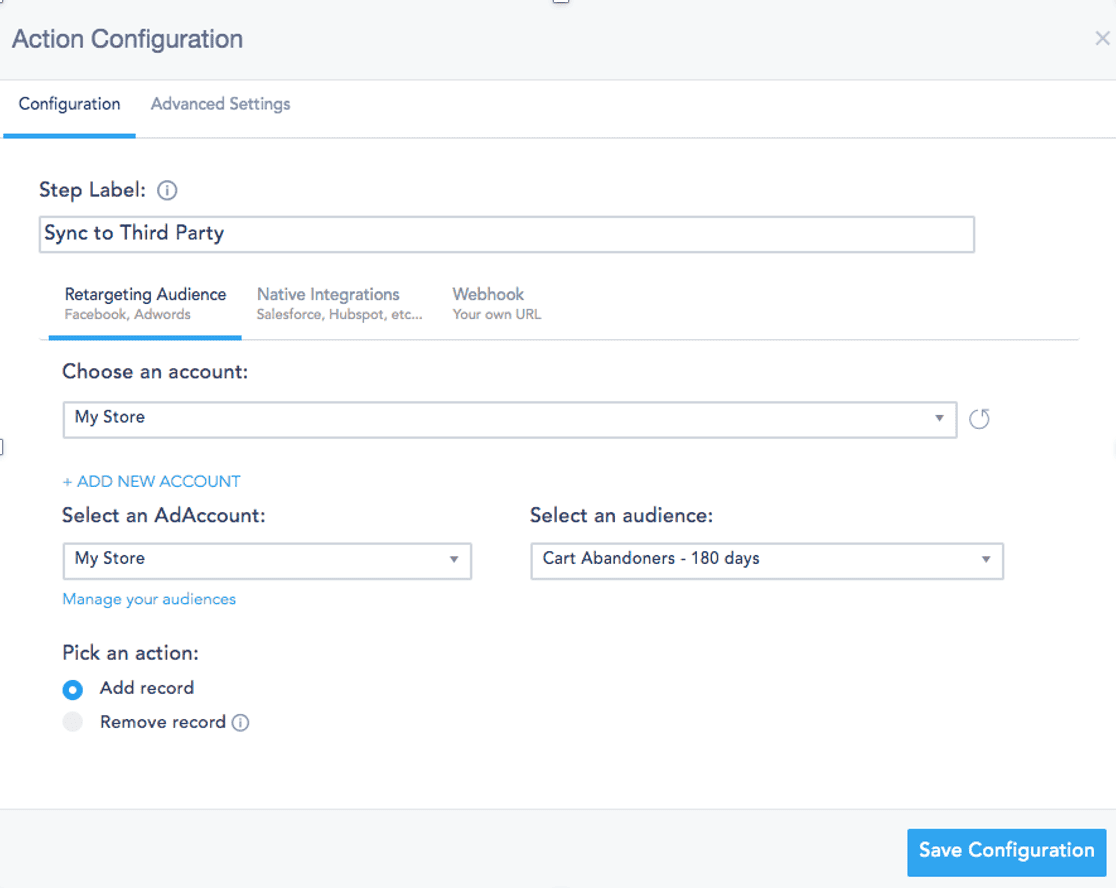
Source: VBOUT
9. Create and Launch AI Chatbots
Use chatbots to display product recommendations and enhance your customer service. AI chatbots in eCommerce boost sales by proactively engaging customers, offering personalized product recommendations and recovering abandoned carts. These chatbots improve customer satisfaction by providing instant support, personalized assistance, and a smooth shopping experience.
10. Use Social Publishing Tools
Use social publishing tools to schedule and automate posts across various social networks. These tools can integrate with a design software like Canva to streamline content creation. Additionally, AI-powered social content generation enables you to produce personalized content in seconds across multiple channels, saving the time you would otherwise spend crafting captions manually.
11. Partner with Influencers
Partner with influencers who align with your brand to create genuine and relatable promotional content. Encourage them to authentically showcase your products. Use discount codes or affiliate links to track performance and attribute sales to specific influencers, helping you evaluate the success of your program.
12. Optimize for Mobile and Visual Engagement
With mobile usage at an all-time high, ensuring that your social posts are visually appealing and responsive across devices is critical for driving engagement and click-through rates. Content optimized for smartphones significantly increases the chances of success in social commerce.
To achieve this, prioritize high-quality photography and video production that aligns with your brand guidelines. Pay close attention to formatting, ensure fast load times, and consider using augmented reality features to create interactive and immersive experiences for your audience.
Social Commerce Metrics to Track Success
Identifying the right metrics is essential for measuring performance and determining the ROI of your social commerce strategies. Below, we present the most important Key Performance Indicators (KPIs) you need to track for social commerce success:
Engagement Rate
Track the percentage of engagement (likes, comments, shares, clicks) your posts receive relative to its reach. High engagement proves a strong audience interest and can lead to improved visibility and conversions.

For instance, if your post has 500 interactions and 10,000 impressions, the engagement rate is 5%.
Conversion Rate
Measure the percentage of social media visitors who take a specific action, such as purchasing a product, signing up for a newsletter, or adding products to a cart. This is a direct indicator of your social commerce effectiveness.

If 100 out of 1000 visitors make a purchase, the conversion rate is 10%.
Average Order Value (AOV)
Calculate the average amount spent per transaction. This helps estimate how well your upselling, cross-selling, and product bundling efforts are working.

For example, if your store generates $5,000 in revenue from 100 orders, the AOV is $50.
Click-Through Rate (CTR)
Analyze the percentage of users who click on your social media posts or ads to visit your website or product pages, A high CTR demonstrates your compelling content and effective calls-to-action.

For instance, if your ad has 200 clicks and 10,000 impressions, the CTR is 2%.
Customer Retention Rate
Measure how many customers return for repeat purchases through social platforms. This metric highlights customer loyalty and satisfaction.

For example, if you start with 1,000 customers, acquire 200 new ones, and end with 1,100 customers, the retention rate is (1,100 – 200 / 1,000) x 100 = 90%.
- Return on Ad Spend (ROAS)
Assess the revenue generated from your social commerce ads compared to the ad spend. A high ROAS indicates a well-optimized campaign.

For instance, if you spend $3,000 on ads and generate $9,000 in revenue, the ROAS is $3 (or $3 gained for each $1 spent).
User-Generated Content (UGC)
Monitor how much content your customers are creating for your band, such as reviews, photos, and videos. This metric reflects brand engagement and trust.

For example, if your campaign generates 500 posts tagged with your hashtag, the UGC volume is 500.
Success Stories: Brands Excelling in Social Commerce
In this section, we will reveal certain brands who succeeded in using social commerce.
Sephora
Sephora has successfully tapped into social commerce by leveraging shoppable posts and stories, allowing customers to discover and purchase products seamlessly. Additionally, their chatbot provides personalized recommendations based on customer preferences, making the shopping journey more tailored and engaging.

Source: Sephora
Nike
Nike takes full advantage of Facebook and Instagram Shops to showcase its extensive catalog of shoes, apparel, and accessories. This integration allows users to browse products, explore detailed descriptions, and complete purchases—all without leaving the social media platform.
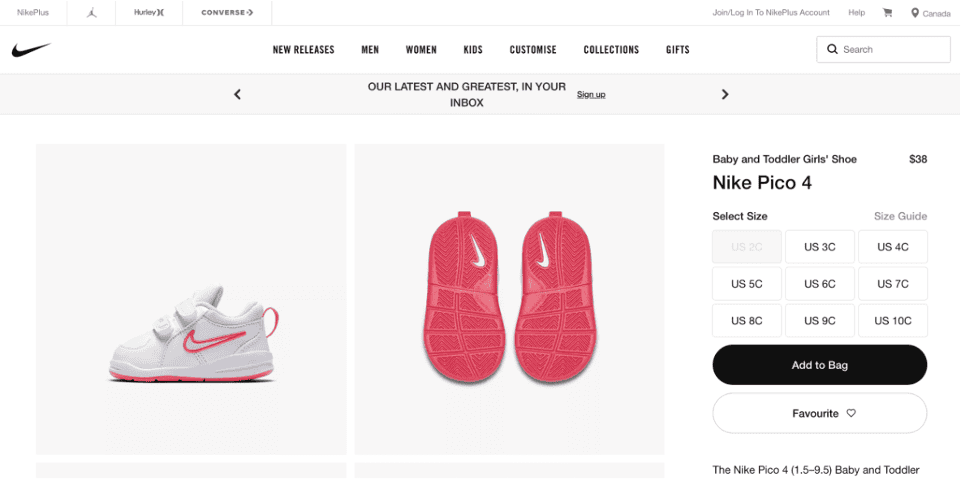
Source: Nike
Milk Bar
Before the pandemic, Milk Bar relied heavily on its physical stores, which accounted for 75% of its revenue, with online sales making up the remainder, according to Sprinklr. Post-pandemic, the brand considered social commerce by utilizing live videos to engage their audience and sharing visually captivating photos on Instagram.
Their smooth storefront integration now allows customers to make direct purchases, blending visual appeal with eCommerce functionality to create an exceptional shopping experience.
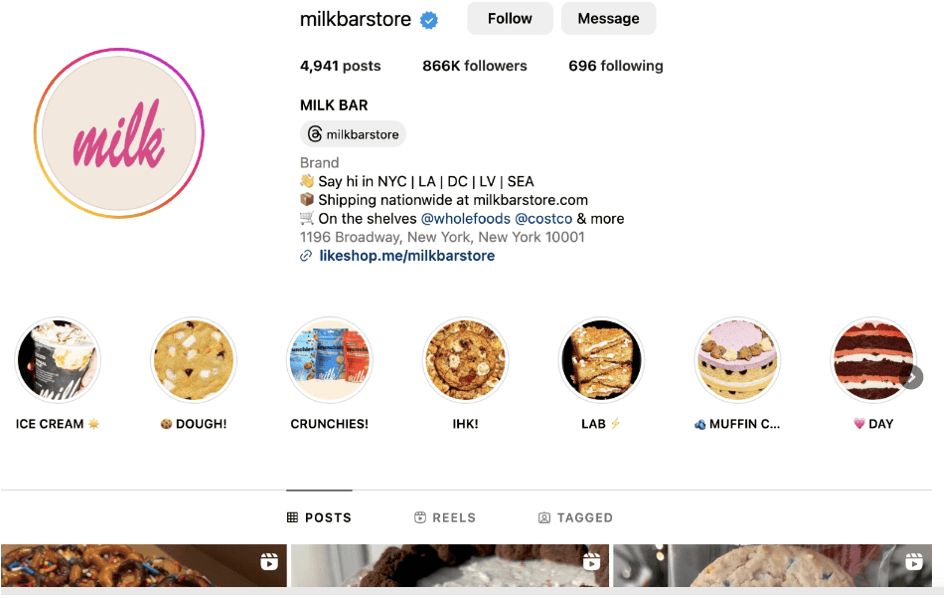
Source: Sprinklr
Booking.com
Booking.com has enhanced the travel booking experience through its chatbot on Facebook Messenger. This smart assistant not only simplifies accommodation searches but also offers personalized recommendations based on user preferences. By streamlining the booking process, it delivers a seamless and user-friendly experience that keeps customers engaged and satisfied.
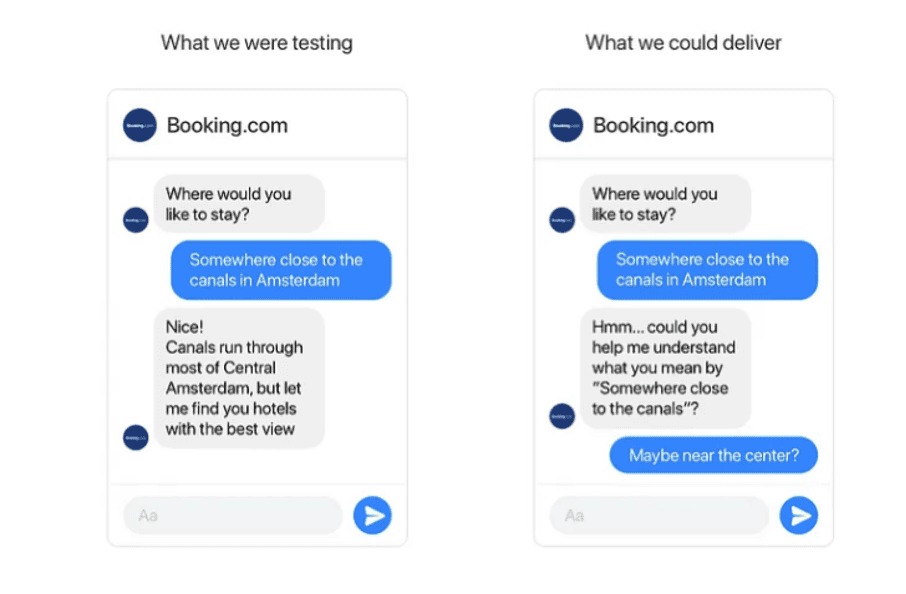
Source: Medium
Charlotte Tilbury
Charlotte Tilbury has been a pioneer in social commerce, being among the first to introduce a virtual reality (VR) digital storefront. Their innovative ‘Shop with Friends’ feature lets users share a shopping experience through video calls, allowing them to explore products and discover hidden treasures together. Additionally, the brand actively engages audiences through TikTok live shopping events, where influencers showcase products and offer exclusive discounts, creating a highly interactive and enjoyable shopping environment.

Source: Sprinklr
Samsonite
Samsonite, after focusing extensively on ratings and user reviews, sought new ways to enhance the shopping experience for their customers. Their primary goals were to stimulate product discovery and provide engaging content across their site to encourage shoppers.
By launching Bazaarvoice Galleries, an on-site content display, they showcased captivating content from various social channels, including Instagram. They also partnered with influencers using the hashtag #takewhatsyours to gather user-generated content (UGC), resulting in over 27,000 posts.
This initiative proved highly successful, with Bazaarvoice Galleries helping them quadruple conversion rates, increase time on page by five times, and achieve a 254% rise in revenue.

Source: The Bazaar Voice
Final Thoughts on Social Commerce and Automation
Social commerce continues to grow rapidly, combining the reach of social media with the convenience of eCommerce. By implementing best practices—such as hosting live shopping events, leveraging user-generated content, and using advanced automation tools—businesses can create more engaging and seamless shopping experiences.
Tracking key metrics like engagement rates, conversion rates, and average order value ensures that your efforts are data-driven and impactful. Monitoring these indicators not only highlights what’s working but also uncovers opportunities to tweak your strategy.


